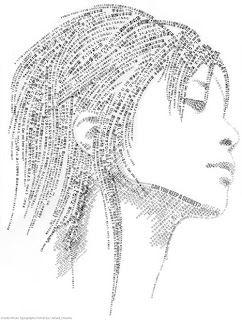Paul Donelley’s work was very appealing to me. The way he presented his lecture was very good too, I just didn’t like how he wasn’t making much eye contact with the audience, but at the same time his work did a lot of speaking by itself. I certainly liked his design process, he takes risks and keeps what he likes. He gets a lot of inspiration from nature and architecture, as he explained with these pieces:
The inspiration came from a picture of the top of a building with a blue sky and clouds. He recreated this concept with these plates by creating a textured ground which are "interrupted" with a "cloud" and a straight edge like the building in his picture. Both the ground and foreground contrast each other in texture and color.
I've used the idea of inspiration from architecture, but I had never really looked at architecture and nature playing a role together. I tried using his same concept of taking pictures of nature and architecture. These are the pictures I took:
The first one is, of course, my dorm room window. I was looking outside in the distance and all of a sudden I noticed this bent tree getting all the attention within the frame of my window. It was as if that tree had just popped out of the nowhere, but it's obviously been there.
Then I took a picture of the ground as I was walking out of JCCC from visiting my sister. There were these warm, zig-zag edged bricks, cool and straight edged bricks (and my feet) and then there was the green grass with no perfect order. So I definitely liked the contrast of edges, color, and arrangement.














































